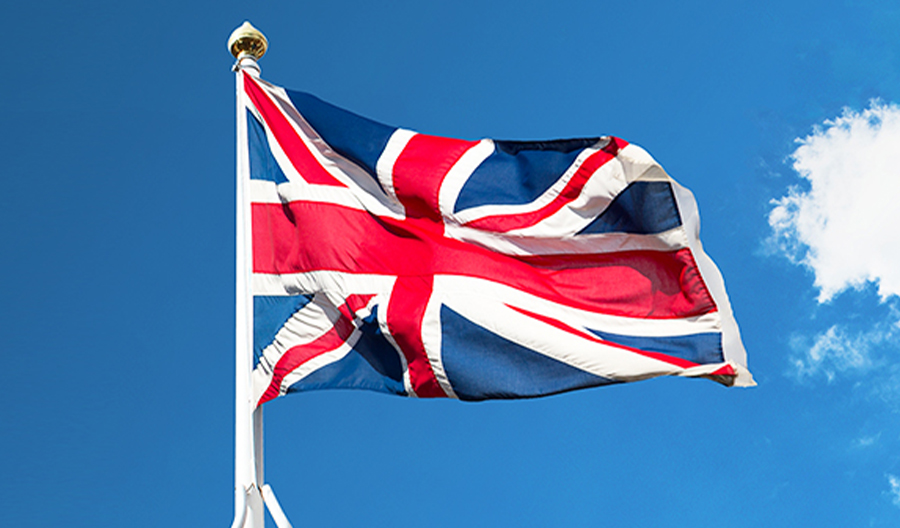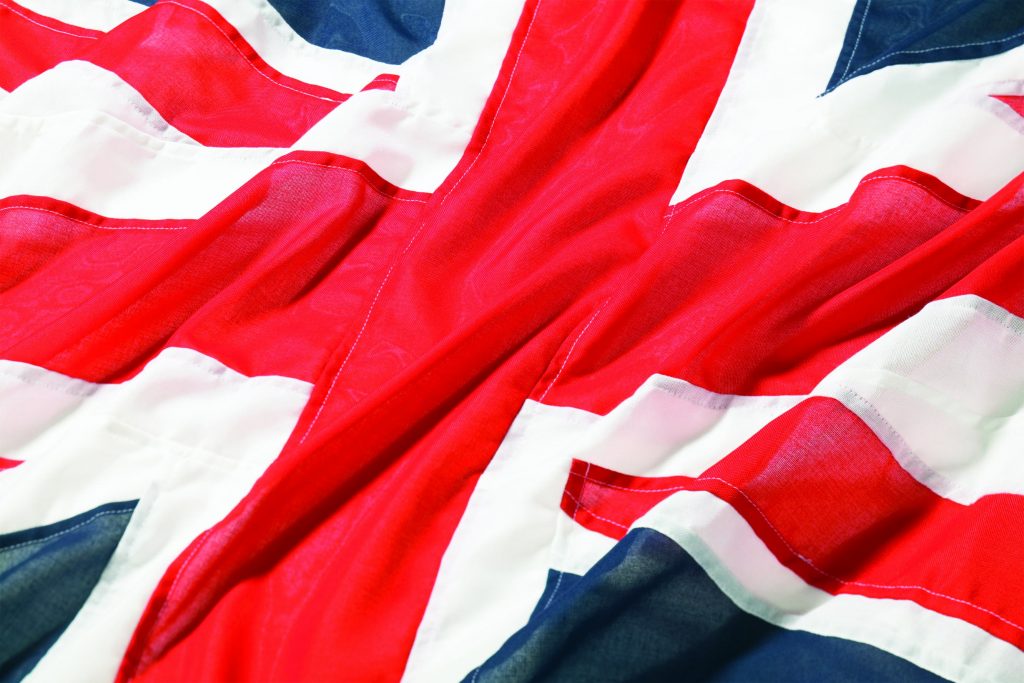

X
This site uses cookies. By continuing to use this site you agree to our use of cookies. To find out more, see our Privacy Policy and Cookie Policy.

The Union flag, commonly known as the Union Jack, is a symbol that encapsulates the history of the United Kingdom. Its design intertwines the emblems of England, Scotland, and Ireland.

The Union Flag’s roots can be traced back to 1606. This is when King James VI of Scotland became James I of England, unifying the crowns of the two countries. The initial Union Flag merged the red cross of St. George and the white diagonal cross of St. Andrew. These are the flag of England and the flag of Scotland. This symbolised the monarch’s dual rule, heralding the beginning of a visual union between the two nations under a single monarchy.
In 1801, with the Act of Union between Great Britain and Ireland, the Union Flag evolved again. It became the flag we know today. The red diagonal cross of St. Patrick (the patron saint of Ireland) was introduced. It fused with the existing design to represent the new political union. Each component of the Union Flag retained its distinct identity within the whole. The red cross of St. George, the white cross of St. Andrew, and the red diagonal cross of St. Patrick symbolised the unity of the UK’s constituent countries. Wales, although now a constituent country of the UK, is not represented in the Union flag. This is because at the time of the Act of Union, Wales was part of the Kingdom of England.
The Union flag continues to be used as the national flag of the United Kingdom. Its design has remained largely unchanged over the years. Throughout the centuries, it has flown as an enduring symbol of unity.
The Union flag is flown on government buildings, outside businesses and at ceremonies and events throughout the United Kingdom. It is also a prominent symbol on some military flags and ensigns. The flag’s influence extends far beyond national boundaries though. Its design has inspired many other flags worldwide. Its presence in various contexts, from historical events to popular culture, underscores its enduring significance. The flag has become an enduring symbol of British identity and is recognised around the world.

Harrison Flagpoles offers a host of print options for our Union flag. Our screen printed option is printed onto 115gsm quality knitted polyester. For an added touch of quality our handsewn flags are meticulously appliqued using 155gsm woven polyester by our talented team of seamstresses, based in the UK. For the eco-conscious customer, we offer an alternative to the digitally printed standard knitted polyester. This is our Harrison Eco™ flag material.
Harrison Eco™ is made from recycled plastic items such as PET bottles and industrial polyester waste. These are melted down into chips, then spun into yarn that is knitted to form a material. It has the same durability, strength and versatility as its knitted polyester equivalent, but with a much lower environmental impact. The flag design is digitally printed onto the flag and meets the requirements for the OEKO-TEX® 100 standards. It is free from toxic elements.
All our flags are supplied ready to fly with a rope and toggle.
Our Union flags can be ordered online. Alternatively contact our friendly team, who will be happy to help.